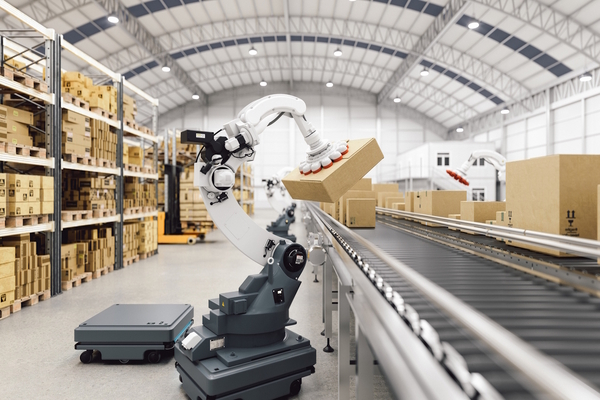Failure to supply will always trump cost-saving targets
Sponsored by CIPS Group
The economic environment is changing so quickly it’s hard to keep pace, but you can be sure in our connected world that the number of disruptions to supply chains will rise. Trade relationships are more volatile, and protectionist measures more of a threat around the world from China to Europe. The pandemic has given supply chains the extra focus they deserve, and lessons are being learnt, but challenges continue. For example, as economies around the world open up at different speeds, virus outbreaks at key ports are still affecting suppliers - all the way down the supply chain. China’s third-biggest port, Ningbo-Zhoushan was shut for 10 days last month when one worker contracted the virus and a wave of shutdowns have affected other ports too. Supplies from food to Christmas goods are being threatened. So, what should companies be doing now?
I would say build resilience. There has been too much focus on cost savings in recent years, with just in time supply chains, and reliable sole suppliers making cost efficiencies more straightforward. The most expensive lesson you’ll ever learn is when a vital supply of goods doesn’t turn up, and your business subsequently grinds to a halt because of a previously unknown problem. Failing to supply a customer is a far greater issue for an organisation than not meeting cost savings targets. This has been the experience for many, and that’s why companies are looking to digitalise their supply chains to bolster transparency across their supply bases so any red flags such as transportation difficulties or squeezed supplies can be dealt with swiftly and efficiently.
More sophisticated and targeted technology solutions can meet this need, and give businesses access to more information, greater efficiencies in inventory and operations management, reduced costs, and even more support in product development. Take this one step further into cyber-physical systems and a company’s physical assets can be linked to computational capacity, and machines can communicate with each other, making quicker and better decisions - without human intervention. The stuff of the future, or nightmares maybe, but in terms of competitive advantage, companies are ahead of the game with these systems in place and others will be driven towards transformation in the next few years if they don’t go willingly now. Reacting with more agility when disruptions hit will be a basic expectation from customers, consumers and shareholders.
This is not about the latest fashionable tech trends, though 3D printing, artificial intelligence and robotics do have a certain fascinating quality about them, but about keeping up with transformations in business and supply chains. It’s not a quick fix either. Just-in-time supply chains took decades to finesse, and digital strategies will be constantly evolving along with other strategies such as multiple sourcing to mitigate sole supply problems, or customs expertise to manage the challenges of Brexit.
In this testing environment, it looks like many companies are heeding the call for more digitalisation. We found that 95 per cent of those companies surveyed last year, had adopted at least one digital technology in recent years such as cloud computing or managing their vast stores of data more efficiently; even if 40 per cent of survey respondents felt the costs of digital investment were prohibitive for now.
But at what cost, if the investment is not forthcoming? Hampered supply chains, shortages, increased risk and ensuing chaos is sure to follow and delayed payment resulting in the loss of small businesses from our economy. If we are to react with speed to unforeseen disruptions and avoid modern slavery or another horsemeat scandal, we must change how supply chains work right now and implement digital solutions to power Industry 4.0. Start with business strategy, with an eye on true value and not just cost and a more in-depth analysis of supply chains is a good start, along with training staff to fill any gaps in digital capability.
by Malcolm Harrison,CEO, CIPS Group

Business Reporter Team
Most Viewed
23-29 Hendon Lane, London, N3 1RT
23-29 Hendon Lane, London, N3 1RT
020 8349 4363
© 2024, Lyonsdown Limited. Business Reporter® is a registered trademark of Lyonsdown Ltd. VAT registration number: 830519543
Join the Business Reporter community today and get access to all our newsletters, and our full library of talk show episodes
Join the Business Reporter community today and get access to all our newsletters, and our full library of talk show episodes





